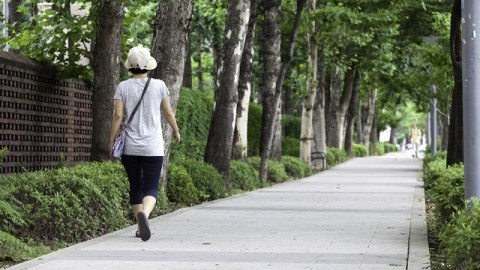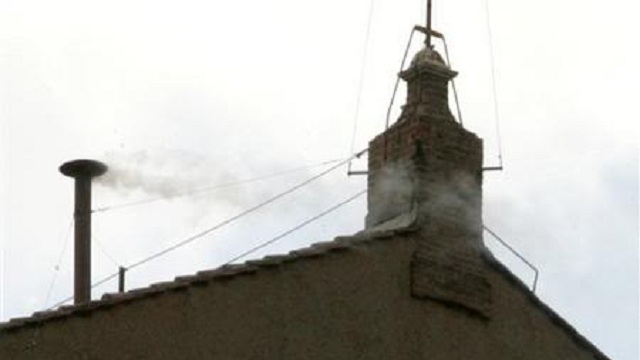How Much Is That Tree On The Sidewalk Worth?

What’s the Latest Development?
David Nowak, a researcher with the US Forest Service, is leading a project designed to quantitatively evaluate a tree and the impact it makes on its location. The project involves the use of i-Tree, a set of software tools that calculates the “leaf surface area” of a city’s trees and determines environmental costs and benefits such as carbon storage, particulate removal, and health impact. Using data from sampled areas, and adding weather and pollution information, i-Tree creates a tree map and assigns dollar values based on official government data sources. For example, New York’s 876,000 trees “provide $11.2 million in annual energy savings [and] have a carbon sequestration value of $386,000.”
What’s the Big Idea?
Nowak, who’s been counting trees in major cities for 20 years, says that i-Tree helps put trees in their proper place in terms of a city’s economic budget. Most agree that aesthetics is a good argument for having trees in a neighborhood, he says, but “[t]here are lots of success stories of people going to their mayor and having information to back up why trees are important [i]nstead of just saying ‘we like them.'” i-Tree is free and exists in both Web-based and app versions.
Photo Credit: Shutterstock.com
Read it at FastCompany/Co.Exist





